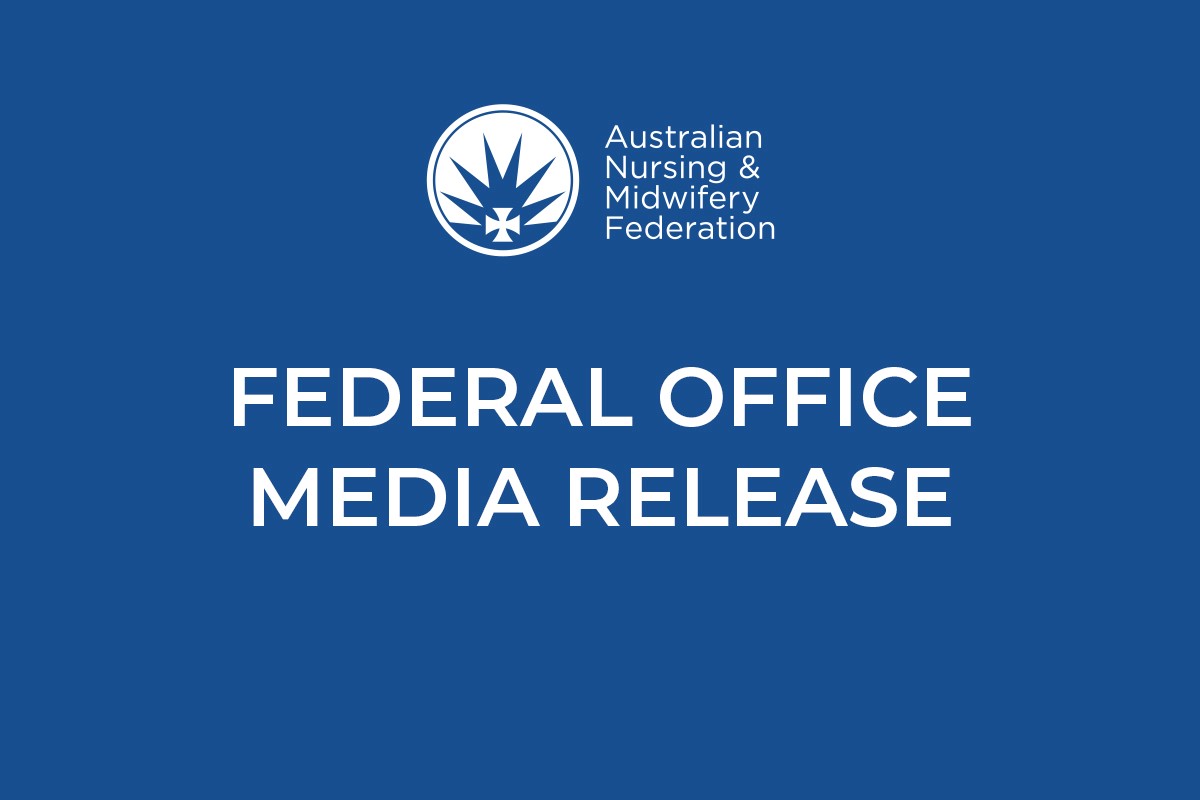
ANMF members working in public and private sectors contributing to EBA negotiations and participating in organised industrial action.
Your enterprise bargaining agreement (EBA) is one of the most important documents of your working life.
It is a legally enforceable agreement, between your employer and ANMF, outlining your wages, working conditions, allowances and entitlements. EBAs are usually negotiated by unions representing their members and employers and/or their representatives.
The enterprise bargaining process was introduced by the Hawke/Keating Labor Government in the early 1990s. It replaced industrial tribunals that determined the industrial awards which set out the wages and conditions for groups of workers.
Before enterprise bargaining, most Victorian nurses and midwives were paid the same wage rates regardless of their employer. Enterprise bargaining was designed to provide higher wages and better conditions than the awards, but it has been an imperfect system that has not benefited nurses, midwives and personal care workers equally.
The current rules, outlined in the Fair Work Act, only allow an enterprise agreement to cover one employer – with few exceptions. This restriction has often left nurses, midwives and carers in smaller workplaces, or workplaces where members have less bargaining power due to small numbers, with lower wages and less beneficial conditions.
Steps to improve your EBA
There are at least 250 different agreements covering Victorian ANMF members. These EBAs generally expire after three or four years. Once expired, we can renegotiate them – and seek improved pay and conditions.
#1 A log of claims
ANMF, through resolutions of delegates conferences, consultation with members and general knowledge of the sector, develops a log of claims – basically a list of ‘asks’ that we want employers to agree to.
#2 Negotiate
This sounds simple, but it is far from it. Some employers refuse to negotiate. Some will negotiate, but not deliver on key items members want.
If an employer simply refuses to negotiate, we can – through a kind of petition (if we get majority support from employees covered by the EBA) – require an employer to negotiate.
#3 The stalemate
Negotiations often reach a point where the employer won’t move, and we cannot recommend the negotiated outcome to members.
This is where member engagement becomes critical. We can either accept the offer, or exercise our legally protected right to take industrial action. This would start with a ballot to ensure there is majority support for industrial action.
The taking of legally protected industrial action is often the only way to achieve what you deserve.
#4 The EBA vote
One of two things can happen here: either we get an improved offer on the table that we can recommend, or the employer simply puts a sub-standard EBA out to a vote of their staff – and if a majority of affected employees accept the outcome, then that is the EBA for the period of its life (usually three to four years).
While nurses and midwives in larger workplaces (such as the public sector) are more accustomed to taking industrial action to pressure their employer to improve the offer, the same rules apply in the private sector, including aged care.
The hesitance to take industrial action is one reason why there is now an 18 to 23 per cent wage gap between hospital nurses and private aged care nurses.
You can find your EBA on your member portal.
What has changed?
The Albanese Government’s Fair Work Legislation Amendment (Secure Jobs, Better Pay) Act 2022 amends workplace relations laws relating to bargaining, job security, gender equality, workplace conditions and protections, and more.
The Act’s expanded provisions relating to bargaining – due to begin on 6 June 2023, and often referred to in the media as multi-employer bargaining – will result in improved opportunities to negotiate agreements with recalcitrant employers and achieve potentially better outcomes for members.
The public sector EBA is an example of a multi-employer bargaining process. The new rules mean that more workers employed by different employers in the same industry – private aged care, for instance – can bargain together where certain conditions are met, increasing their bargaining power through strength in numbers. But the rules are complex, and the real impact of these changes will only be known once we start taking advantage of them.
The 2024 Public Sector EBA
ANMF negotiated the first public sector nurses and midwives EBA in 1997. In 2023, ANMF will begin negotiating the eighth public sector EBA. The agreement covers in excess of 60,000 nurses and midwives.
Our strength in numbers and ability to take significant industrial action, such as closing beds and cancelling elective surgery, means we have achieved important improvements to conditions, wages and workloads over two decades. To see the evolution of public sector achievements, visit anmfvic.asn.au/ebatimeline.
ANMF uses the public sector nurses and midwives EBA as the benchmark agreement for its negotiations in all other workplaces. Almost all wages, allowances and conditions in the public sector mental health agreement and private acute nurses and midwives agreements are derived from the public sector nurses and midwives EBA.
Negotiations then follow for smaller workplaces, such as residential aged care facilities, bush nursing hospitals, local governments, palliative care, dialysis, endoscopy, radiology, pathology, and IVF clinics.




